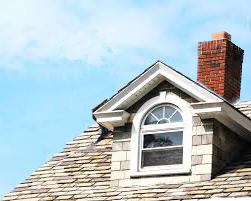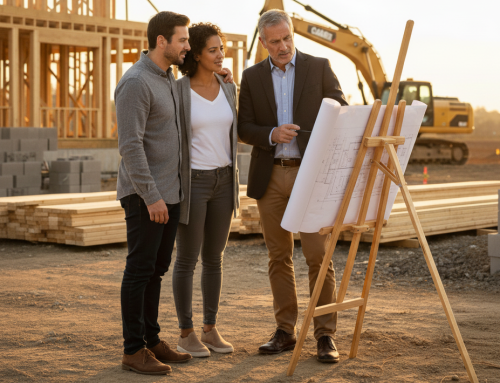Now that the weather is cooling  off, people are starting to ask us, “Can you do a chimney inspection?”
off, people are starting to ask us, “Can you do a chimney inspection?”
Of course, we answer “Yes.”
A chimney inspection is required when evaluation of the chimney is needed to ensure safe usage of the fireplace or chimney. It covers the five basic areas including:
- Firebox
- Damper
- Flue
- Smoke chamber
- Chimney top/chimney cap
What we like to make clear, however, is that a chimney inspection is different than a chimney cleaning or chimney sweep. If you just need your fireplace cleaned, they are the people to call.
Two Levels of Chimney Inspection
Först Consulting Group provides two levels of chimney inspection: a visual inspection and a more comprehensive inspection.
1. Visual Inspection
The visual inspection involves what can be seen by the naked eye and encompasses the accessible portions of the chimney, fireplace and attached appliances like a woodstove. It cannot detect concealed defects or latent conditions, and simply looks for visual signs of flue blockage or damage.
2. Comprehensive Inspection
A more comprehensive inspection involves looking in places not easily accessible. For this we use video camera imaging and thermal imaging. Video images can be taken from either the top or the bottom of the chimney via a digital camera that transmits images to a viewing device where a visual inspection can be conducted. We often recommend a video inspection if there has been a fire or damage to a chimney.
Thermal imaging is used to detect flue or air leaks, and can indicate hidden moisture pockets within the walls.
Issues that may be detected during a chimney inspection include, but are not limited to:
- Flue leaks
- Masonry cracks
- Flue tile cracks or spalling
- Water leaks and seepage
- Cracked chimney lining
- Creosote buildup
- Obstruction
- Improper ventilation and venting system
- Improper attachment of appliances such as a woodstove
The best time to schedule a chimney inspection is during the warmer months when access is easiest and before they are used for the colder seasons. Another good time to check is when you are purchasing a home. However, whenever you have questions about the safety of your chimney or you see visible damage, it is best to check it before lighting the fireplace or woodstove.
Dangers of a Damaged Chimney
A damaged chimney can create hazards including chimney fires, backup of poisonous gasses like carbon monoxide, smoke damage, loss of efficiency, or chimney collapse. Because carbon monoxide is odorless and colorless, the Center for Disease Control and Prevention (CDC) recommends that all homeowners install a carbon monoxide detector in their home.
Schedule Your Chimney Inspection
To schedule a chimney inspection in Northern Virginia or Washington D.C., contact Först Consulting Group.




